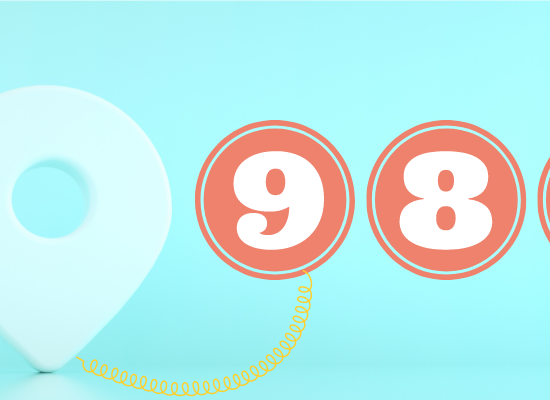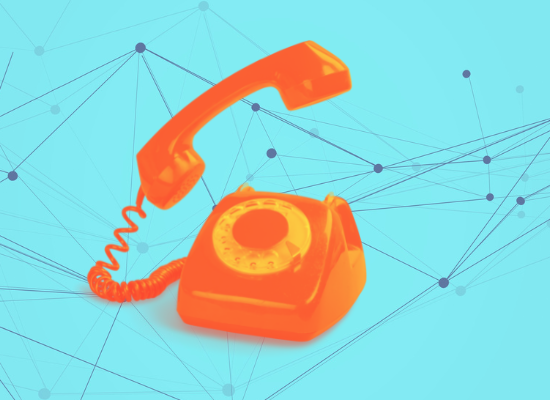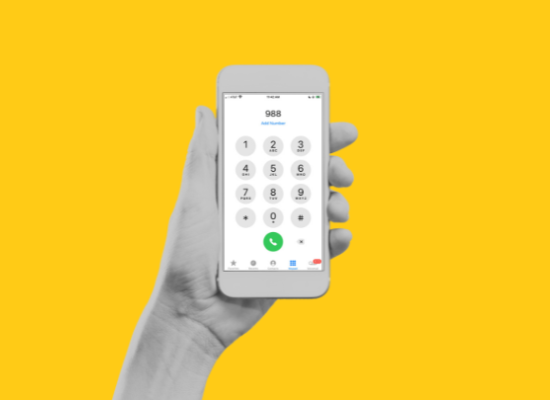
Stephanie Hepburn is a writer in New Orleans. She is the editor in chief of #CrisisTalk. You can reach her at .
In 2013, Grady EMS in Atlanta, Georgia, launched a pilot to provide 911 callers experiencing mental health challenges an alternative to traditional Emergency Medical Services transport to the emergency department. “We wanted to have a more robust response for callers who didn’t need ambulance transport but who needed a different type of rapid intervention,” says Erin K. Vickery, EMS director of operations at the Fulton Division of Grady Health System.
Upstream Mobile Crisis Intervention is akin to law enforcement diversion initiatives and aims to deflect people in mental health crisis from a typical EMS emergency response. When the program launched eight years ago, there was a small group of callers who frequently requested EMS services and were facing mental health or quality of life challenges, including homelessness.
Grady EMS found that 90% of the psychiatric patients they transported to the emergency department didn’t require admission. It was also costly, an average of $401 to the patient and $109 per transport for EMS. “It was expensive and, as seen by the lack of hospital admissions, wasn’t the right intervention service for the person,” points out Vickery. She says a mobile crisis response and connection to care in the community would better serve many, if not most, people in psychiatric distress requesting EMS.
The Grady Health System funds the intervention’s vehicles, equipment, and paramedics, and Behavioral Health Link (BHL) provides the social workers. “Our teams are close and work well together,” says Vickery. The program is cost-avoidant and matches people in crisis to the level of care they need while keeping much-needed ambulances in circulation. “The demand for ambulance resources is high, and we need them to remain available for ambulance calls.”
The City of Atlanta operates the Atlanta 911 Call Center. Operators immediately transfer medical complaints to Grady EMS within the communications center to triage the calls and conduct emergency medical dispatch. “In our call triage process, we determine the caller’s illness or injury,” says Vickery. The 911 call taker stays on the line to determine if they need to send additional resources like police or fire emergency services alongside EMS.
If Grady EMS transfers the call to the Georgia Crisis and Access Line (GCAL), the EMS call taker will also stay on the line. “We do that to ensure there’s a warm handoff,” says Vickery. “They called 911, so we want to make sure we’re there to step in and send a resource if needed.” What guides EMS call takers are specific questions that help them triage. The calls they transfer to GCAL are ALPHA level calls—those that are non-emergency and low acuity. “We would transfer a non-suicidal, alert patient with a psychiatric history to GCAL,” she says.
“We would also transfer a suicidal, alert person who isn’t actively threatening self-harm to GCAL.”
Vickery points out that other cases require an in-person response. That’s where the Upstream Mobile Crisis Intervention comes in—each mobile team is made up of a Grady EMS paramedic and a BHL licensed clinical social worker. The team goes to the person in crisis in a fully equipped SUV licensed as a Medical First Responder unit and can respond independently or with an ambulance. Historically, ambulances have had to dispatch to a hospital, skilled nursing facility, or a dialysis center—these regulations loosened during Covid and will likely change long-term with the new CMS payment model ET3, which stands for Emergency Triage, Treat, and Transport. However, the mobile crisis unit can transport without emergency department clearance to an alternate destination like a crisis stabilization center.
The mobile crisis unit goes out to 6 to 7 calls a day. Vickery says the team focuses on mitigating the person’s crisis and ensuring they get the resources they need. They perform crisis evaluation, de-escalation, safety planning, and schedule urgent mental health appointments or connect people to community resources. “Some people need to go to the emergency department, but for those who don’t, we work on finding an alternative solution,” she says. Often, the social worker and paramedic stabilize the person so that they can remain at home. For people who need hospitalization, the unit can take them directly instead of first to an emergency department.
The mobile crisis unit is available from 10 a.m. to 10 p.m. Monday through Saturday. “We monitor all mental health calls—calls that are coded by EMS dispatch as ‘Psychiatric,’ ‘Abnormal Behavior’ or ‘Suicide Attempt’—that come into the communication center to determine when there’s the highest demand for our service,” says Vickery. If the demand shifts, the teams will move the program to a different time frame. People who need the service but call outside the mobile crisis unit hours receive an ambulance.
From January 1 through April 30, the Upstream Mobile Crisis program received 1,754 calls for potential diversion. The mobile crisis unit went out on 484 calls, and 84 either went to GCAL or were matched with an alternative pathway like resources in the community. “We have a 40-page packet of resources, including homeless shelters, advocacy centers, the Gateway Center, churches, and ministries,” says Vickery. “We work with the person we’re helping to find the best solution.” That might mean a community partner will go directly to the person, and in other cases, the mobile crisis unit will give them a ride to their destination. In 2020 and 2021, the intervention diverted 42.5% and 30.1% of calls from the emergency department, respectively.
“Sometimes a person runs out of their medication,” says Vickery, “which can be an emergency, so we’ll take them to the pharmacy to fill their prescription.”
The Upstream Crisis Intervention program has been instrumental in de-escalating mental health crises, diverting people from the emergency room and inpatient hospitalization, and matching them to long-term services. However, there are hurdles. For instance, Vickery points out that nearby crisis stabilization facilities don’t have a No Wrong Door approach, a practice where crisis service providers accept all referrals. Consequently, if the person needs a higher level of care or is intoxicated, the mobile crisis team has little option but to take the person to the emergency department.
In June 2019, retired police officer Nick Margiotta told #CrisisTalk that crisis services must have a no-refusal, no-wrong-door drop-off policy for patients in need. Margiotta said the first time he attempted to do a dropoff, staff at the crisis facility rejected the person because she’d been drinking. When he took her to the detox facility, they wouldn’t take her because she was suicidal. While the article focused on the relationship between police and crisis service providers, Vickery says the approach must also apply to EMS and mobile crisis services. “Our primary alternative destination is still to the emergency department because crisis facilities aren’t accepting drop-offs,” she says.
Another issue, notes Vickery, is the high level of turnover at crisis facilities. “Because the person we typically reach out to may no longer be there, we rarely know who to contact,” she says.
During the Covid pandemic in 2020, behavioral health service use in Atlanta mainly decreased. That wasn’t the case for the Upstream Mobile Crisis program—demand remained consistent, with an average of 451 dispatches a month along with slight increases in May and October. Vickery says it’s not because there were more calls for EMS during that time frame. EMS Grady experienced decreases in their ambulance call volume, particularly in March, April, and May.
“People were sheltering in place, and we saw significant drops in requests for EMS,” says Vickery. “We also received fewer calls for strokes and cardiac arrests.” Calls for ambulances returned to normal by summer. However, calls that needed an in-person mobile crisis response didn’t fluctuate in the same way.
The Upstream Crisis Intervention program also uses its data to create a safety net for 911 callers experiencing mental health challenges and frequently request EMS services. “We track our calls every month and report the data,” says Vickery. For instance, if a person calls multiple times a month, the program will examine what additional resources they might need. “We involve our mental health and community partners to support the person.” The mobile crisis team can update the person’s medication list, provide transportation, and help schedule appointments—both mental health and medical. After the patient’s first mental health visit, the program typically decreases EMS use by 50-100% in the first 90-days and by 90% or more after the second visit.
Grady EMS often refers frequent EMS intervention-911 callers to Grady Health System’s psychiatry department and/or assertive community treatment. The partnerships allow for a deeper dive into people’s needs. For example, in May, frequent callers were primarily experiencing substance use challenges or needed a connection to care:
Sixteen of the callers in May were repeat callers, having also reached out to EMS in 2020. Fifty percent of this group are experiencing homelessness.
Vickery notes that the program’s mental health partners like Grady Health System have teams who outreach and assist people post-crisis and analyze patterns over time to see if the intervention reduced mental health calls among those who frequently request EMS services. “Our specialty is 911 responses and emergencies,” says Vickery, “while our partners focus on longer-term mental healthcare.” “Together, we have a consistent feedback loop to identify trends and people who might otherwise fall through the cracks.”









